Wonders of Physical Exercise
Physical exercise is a remarkable activity that offers numerous benefits for both the body and mind. It plays a vital role in maintaining overall health and well-being.
Engaging in regular physical exercise can lead to improved physical fitness, increased energy levels, enhanced mental clarity, and a reduced risk of various health conditions.
In this article, we will delve into the wonders of physical exercise, highlighting its profound effects and the importance of incorporating it into our daily lives.
Physical exercise is an essential component of a healthy lifestyle. It refers to any bodily activity that enhances or maintains physical fitness and overall health.
The benefits of regular exercise extend far beyond physical appearance, as it positively impacts various aspects of our lives, including mental health, longevity, and disease prevention.
Understanding the Benefits of Physical Exercise
Boosting Physical Fitness
Engaging in regular physical exercise promotes physical fitness, which encompasses cardiovascular endurance, muscular strength, flexibility, and body composition. Activities such as running, swimming, cycling, and strength training help improve these fitness components, leading to a stronger, more capable body.
Enhancing Mental Health
Physical exercise has a profound impact on mental well-being. It stimulates the release of endorphins, commonly known as "feel-good" hormones, which uplift mood and reduce stress and anxiety. Regular exercise has been linked to a lower risk of depression, improved cognitive function, and increased self-esteem.
Managing Weight and Preventing Obesity
Physical exercise plays a pivotal role in weight management and preventing obesity. It helps burn calories, maintain a healthy metabolism, and build lean muscle mass.
Combining exercise with a balanced diet promotes weight loss and reduces the risk of obesity-related conditions such as heart disease, diabetes, and certain types of cancer.
Strengthening the Immune System
Regular physical exercise strengthens the immune system, making the body more resilient to illnesses and infections.
It enhances the circulation of immune cells, improves the delivery of oxygen and nutrients to body tissues, and promotes the elimination of toxins. These immune-boosting effects contribute to overall health and reduce the risk of chronic diseases.
Promoting Longevity and Reducing the Risk of Chronic Diseases
Engaging in physical exercise has been linked to a longer lifespan and a reduced risk of chronic diseases. Regular exercise helps maintain healthy blood pressure, cholesterol levels, and blood sugar control.
It also improves cardiovascular health, strengthens bones, and reduces the risk of conditions such as heart disease, stroke, diabetes, and osteoporosis.
Exploring Different Types of Physical Exercise
Aerobic Exercises
Aerobic exercises, also known as cardio exercises, involve continuous rhythmic movements that increase the heart rate and improve cardiovascular endurance.
Activities such as brisk walking, jogging, dancing, and swimming fall under this category. Aerobic exercises enhance lung capacity, boost stamina, and improve overall fitness.
Strength Training
Strength training involves using resistance to build muscle strength and endurance. It can be performed using free weights, weight machines, resistance bands, or bodyweight exercises.
Strength training increases muscle mass, improves bone density, enhances joint stability, and promotes a healthy metabolism.
Flexibility and Balance Exercises
Flexibility and balance exercises focus on stretching and improving joint range of motion. They help maintain or improve flexibility, which is crucial for performing daily activities and preventing injuries. Yoga, Pilates, tai chi, and specific stretching routines are effective in promoting flexibility, balance, and posture.
High-Intensity Interval Training (HIIT)
High-Intensity Interval Training (HIIT) involves short bursts of intense exercise followed by periods of rest or low-intensity activity. It is a time-efficient workout method that boosts cardiovascular fitness, increases calorie burn, and improves metabolic health. HIIT can be customized to individual fitness levels and preferences.
Mind-Body Exercises
Mind-body exercises, such as yoga and meditation, combine physical movement with mental focus and relaxation techniques. These exercises improve flexibility, balance, and strength while reducing stress levels and promoting mindfulness. Mind-body exercises are beneficial for both the body and mind.
Incorporating Physical Exercise into Daily Life
Setting Realistic Goals
When starting or maintaining an exercise routine, it is important to set realistic goals. Define what you want to achieve and break it down into smaller, achievable milestones. Setting realistic goals helps maintain motivation and allows for a sense of accomplishment as you progress.
Finding Activities You Enjoy
Engaging in physical exercise becomes more enjoyable and sustainable when you find activities that you genuinely enjoy.
Experiment with different forms of exercise to discover what suits your interests and preferences. Whether it's dancing, cycling, hiking, or team sports, finding pleasure in the activity increases the likelihood of sticking with it.
Creating a Consistent Routine
Consistency is key when it comes to reaping the benefits of physical exercise. Establish a regular exercise routine that fits into your schedule and commit to it. Aim for a balanced mix of aerobic exercises, strength training, and flexibility exercises. Consistency builds habits and ensures long-term success.
Making Physical Exercise a Social Activity
Exercising with others can make the experience more enjoyable and provide additional motivation. Join group fitness classes, sports teams, or exercise with friends and family. Socializing while exercising creates a supportive environment and fosters accountability.
Staying Motivated and Overcoming Barriers
Maintaining motivation can be challenging at times. Set incentives for yourself, track your progress, and celebrate achievements. It is important to anticipate and overcome barriers such as lack of time, fatigue, or unfavorable weather conditions. Find alternative exercises or adapt your routine to accommodate unforeseen challenges.
Understanding the Importance of Proper Nutrition
Fueling the Body for Exercise
Proper nutrition is essential for fueling the body before, during, and after exercise. Consume a balanced diet rich in complex carbohydrates, lean proteins, and healthy fats. Prioritize whole foods such as fruits, vegetables, whole grains, and lean meats to provide the necessary nutrients for optimal performance.
Hydration for Optimal Performance
Staying hydrated is crucial for maintaining energy levels and preventing dehydration during physical exercise. Drink an adequate amount of water before, during, and after workouts. Adjust your fluid intake based on the intensity and duration of the exercise, as well as environmental factors such as temperature and humidity.
Post-Workout Recovery
Proper post-workout recovery is vital for optimizing the benefits of exercise. Include a combination of carbohydrates and proteins in your post-workout meal or snack to replenish glycogen stores and facilitate muscle repair. Adequate rest, stretching, and getting quality sleep also contribute to effective recovery.
Overcoming Challenges and Avoiding Injuries
Listening to Your Body
Pay attention to your body's signals and respect its limits. Pushing yourself too hard can lead to injuries or burnout. Understand the difference between muscle fatigue and pain. If you experience pain or discomfort, modify your exercise or seek guidance from a healthcare professional.
Gradual Progression and Avoiding Overtraining
Gradually increase the intensity, duration, or frequency of your workouts to avoid overtraining. Pushing too hard without allowing for adequate recovery can hinder progress and increase the risk of injuries. Give your body time to adapt and recover between exercise sessions.
Warm-up and Cool-down Exercises
Performing warm-up exercises before a workout and cool-down exercises afterward help prepare the body for physical activity and reduce the risk of injury.
Warm-up exercises increase blood flow to the muscles, improve flexibility, and mentally prepare you for the upcoming workout. Cool-down exercises promote recovery and prevent muscle stiffness.
Using Proper Form and Technique
Maintaining proper form and technique during exercise is essential for maximizing benefits and reducing the risk of injuries. Seek guidance from a qualified fitness professional or use reliable resources to learn the correct form for different exercises.
Proper technique ensures that the targeted muscles are effectively engaged while minimizing strain on other body parts.
Seeking Professional Guidance
If you are new to exercise, have specific health concerns, or wish to take your fitness to the next level, consider seeking guidance from a fitness professional. They can provide personalized advice, design a suitable exercise program, and ensure that you perform exercises safely and effectively.
The Role of Physical Exercise in Different Life Stages
Children and Adolescents
Physical exercise is crucial for children and adolescents as it supports healthy growth and development. It helps build strong bones and muscles, improves cardiovascular fitness, and enhances cognitive function. Encourage children to engage in age-appropriate activities and limit sedentary behaviors.
Adults and the Working Population
Incorporating physical exercise into the lives of adults and the working population is essential for maintaining health and productivity. Regular exercise boosts energy levels, improves focus and concentration, and reduces the risk of chronic diseases. Find opportunities to be active throughout the day, even with a busy schedule.
Seniors and Aging Individuals
Physical exercise remains important as we age. It helps maintain mobility, balance, and independence, reducing the risk of falls and injuries. Engage in activities that promote cardiovascular fitness, strength, and flexibility. If necessary, consult with healthcare professionals to develop an exercise program suitable for individual needs and abilities.
Note: Physical exercise is a powerful tool for improving both our physical and mental well-being. It offers a wide range of benefits, including increased physical fitness, enhanced mental health, weight management, strengthened immune system, and reduced risk of chronic diseases.
By incorporating different types of exercise into our daily lives and making it a priority, we can experience the wonders of physical exercise and enjoy a healthier, more fulfilling life.
FAQs
1. How often should I engage in physical exercise?
To maintain good health, it is recommended to engage in moderate-intensity aerobic exercise for at least 150 minutes per week or vigorous-intensity aerobic exercise for 75 minutes per week. Additionally, incorporating strength training exercises two or more days a week is beneficial.
2. Can physical exercise improve my mental well-being?
Yes, physical exercise has been shown to have a positive impact on mental well-being. It helps reduce stress, anxiety, and symptoms of depression. Exercise stimulates the release of endorphins, which contribute to feelings of happiness and relaxation.
3. What are some effective aerobic exercises?
Effective aerobic exercises include brisk walking, jogging, cycling, swimming, dancing, and aerobic classes. Choose activities that you enjoy and that elevate your heart rate for sustained periods.
4. Is strength training suitable for women?
Absolutely! Strength training is beneficial for both men and women. It helps build lean muscle mass, increase bone density, and improve overall strength and functional fitness. Women will not develop bulky muscles unless they specifically train for it with heavy weights and a specific diet.
5. How can I incorporate physical exercise into a busy schedule?
Incorporating physical exercise into a busy schedule requires planning and prioritization. Schedule specific time slots for exercise, even if they are shorter durations. Find creative ways to be active, such as taking the stairs instead of the elevator, going for a walk during lunch breaks, or incorporating exercise into daily chores. Remember that even small bouts of activity add up and contribute to your overall fitness.














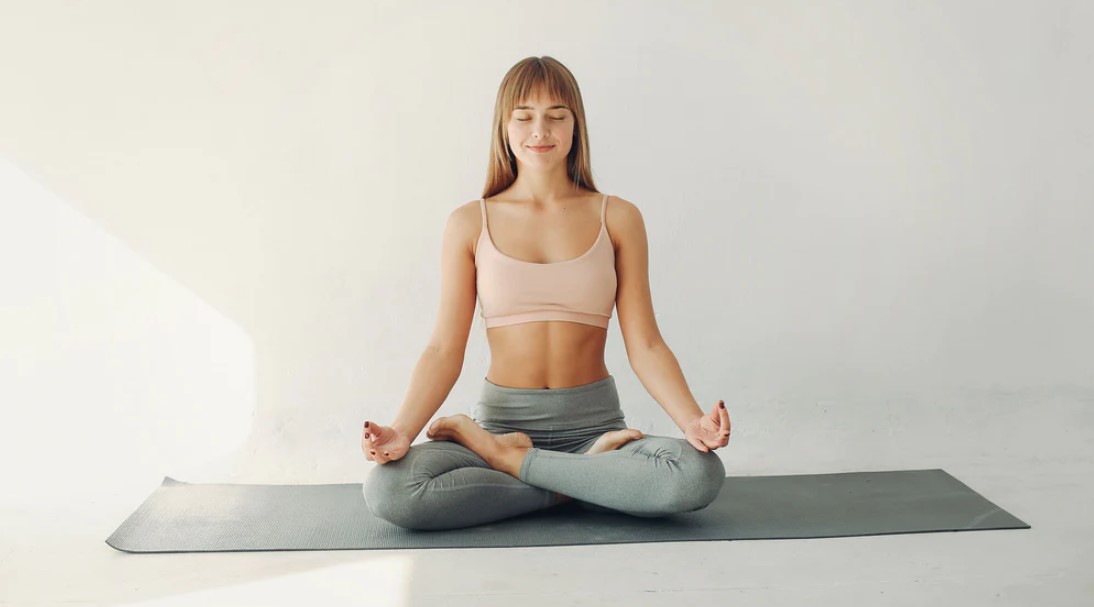

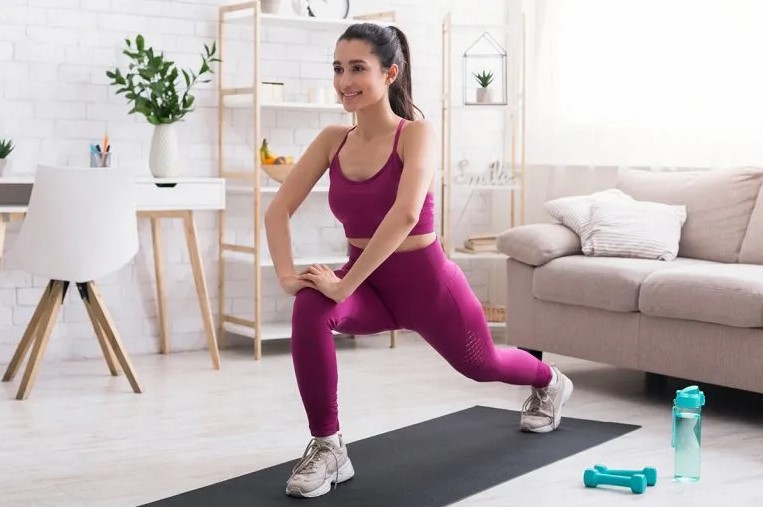

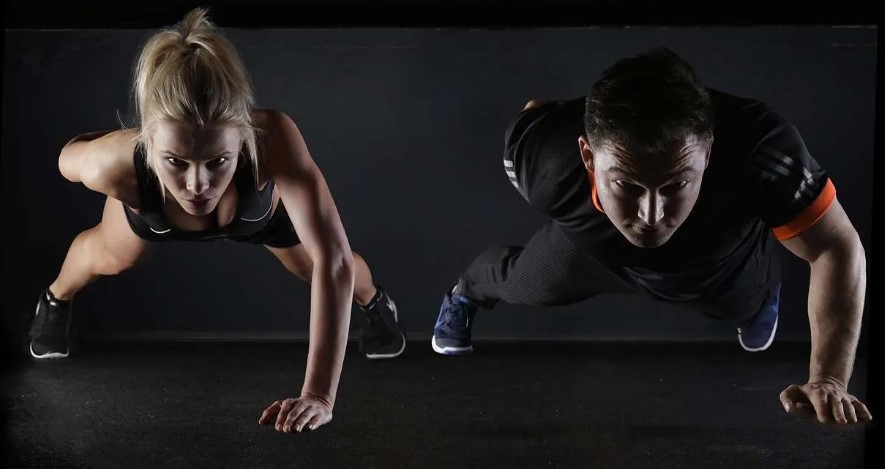

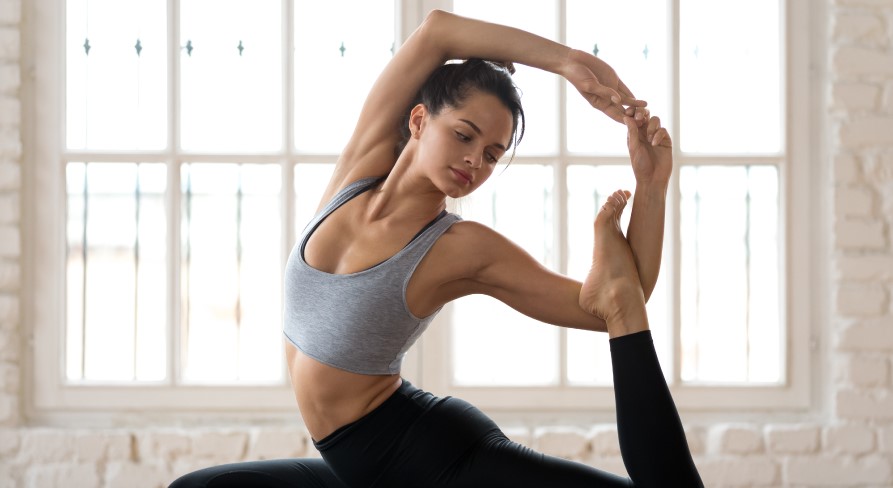
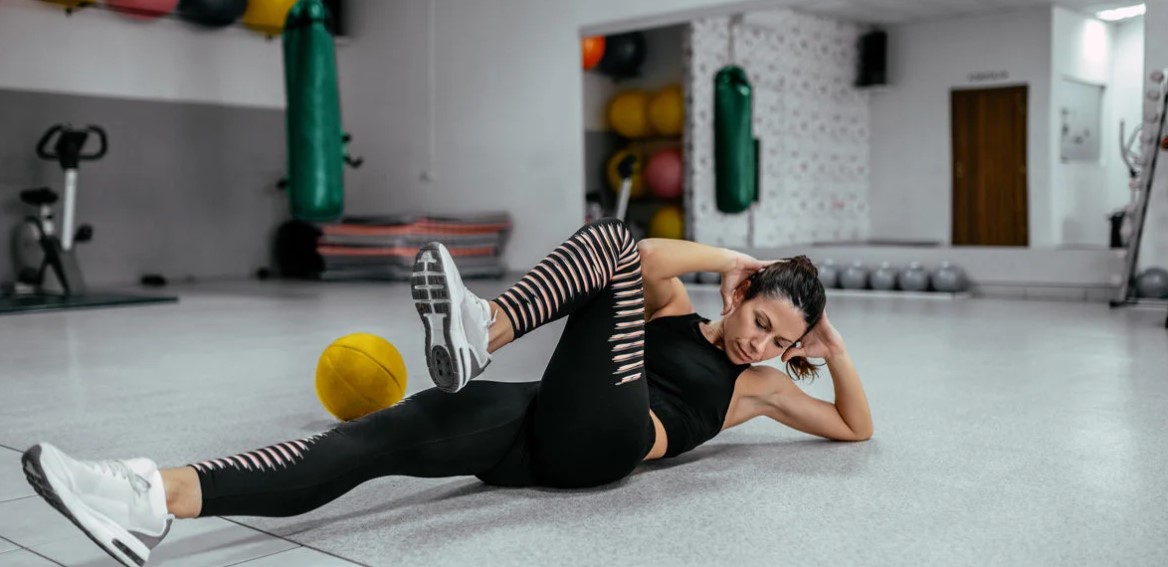




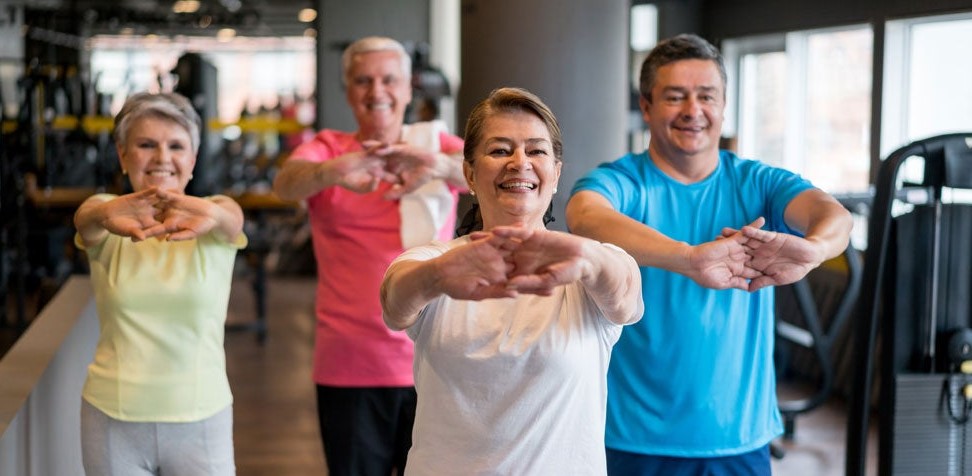







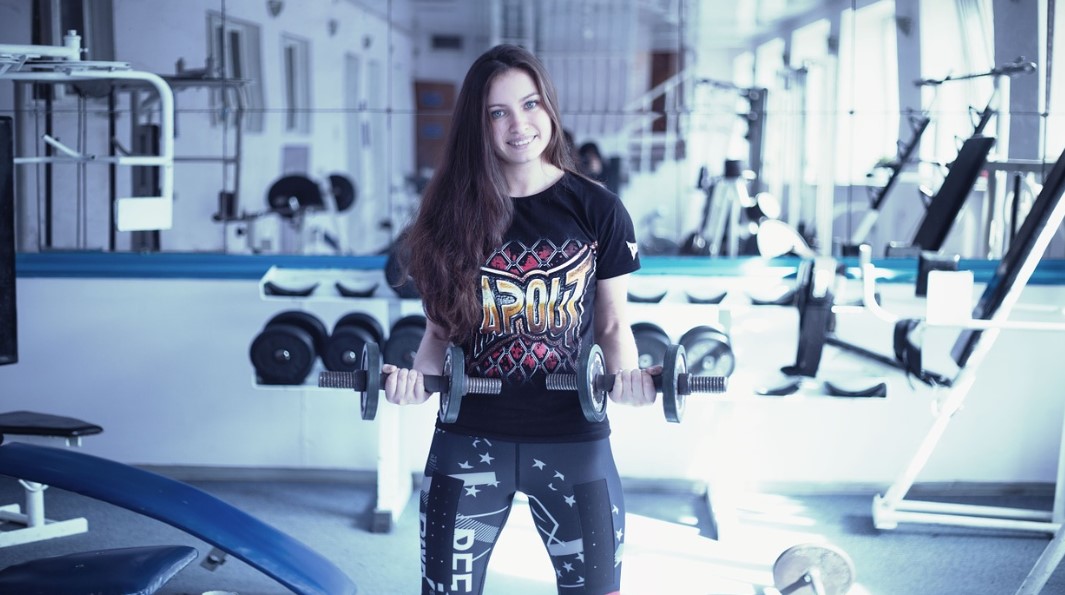
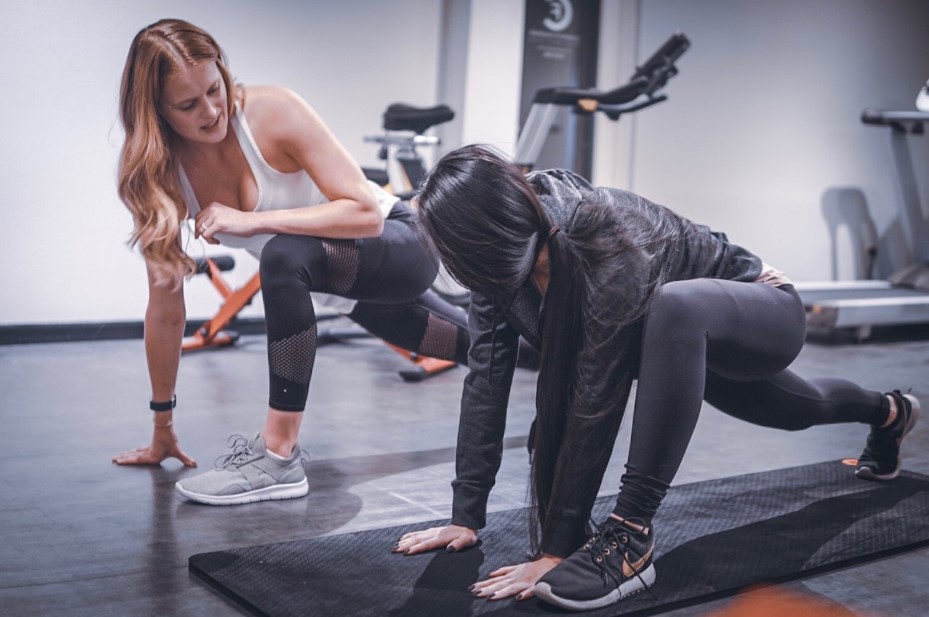
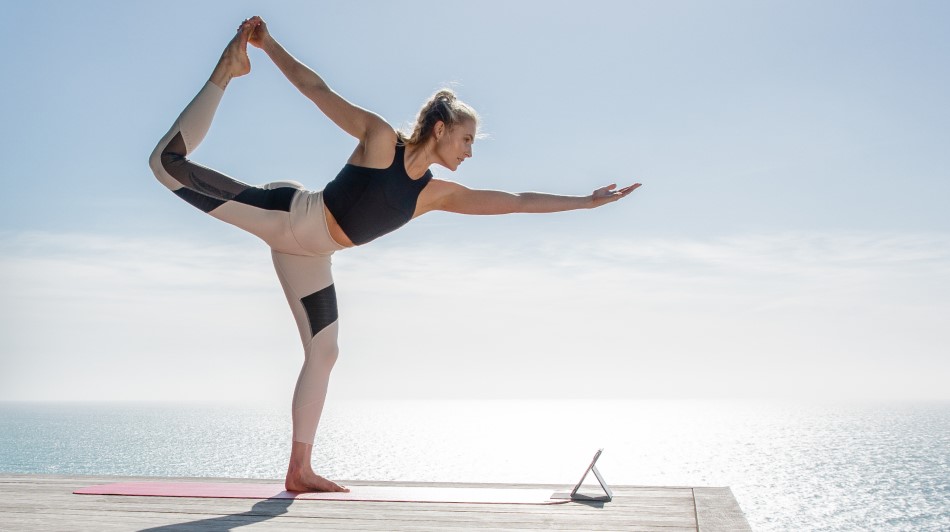











No comments